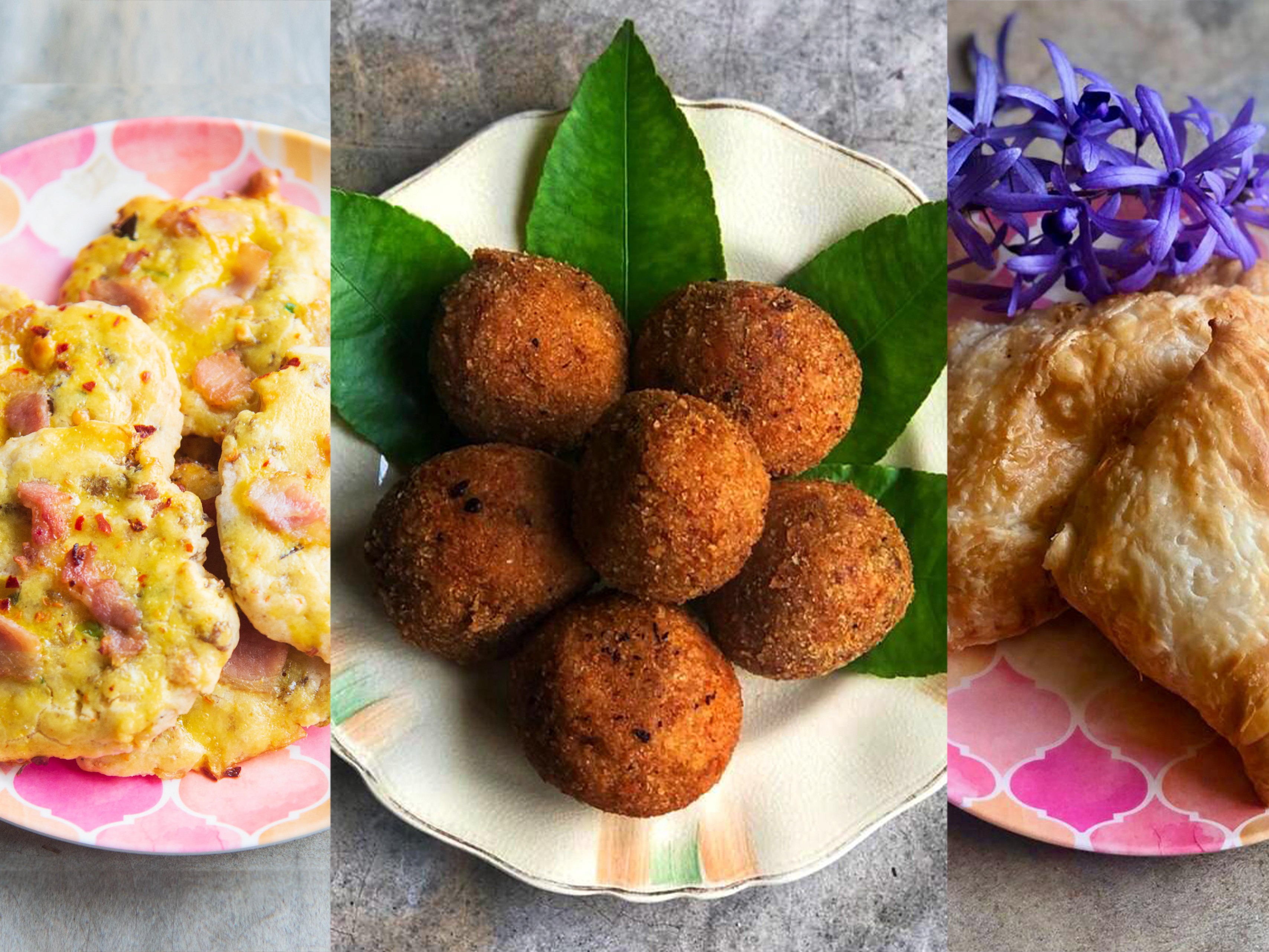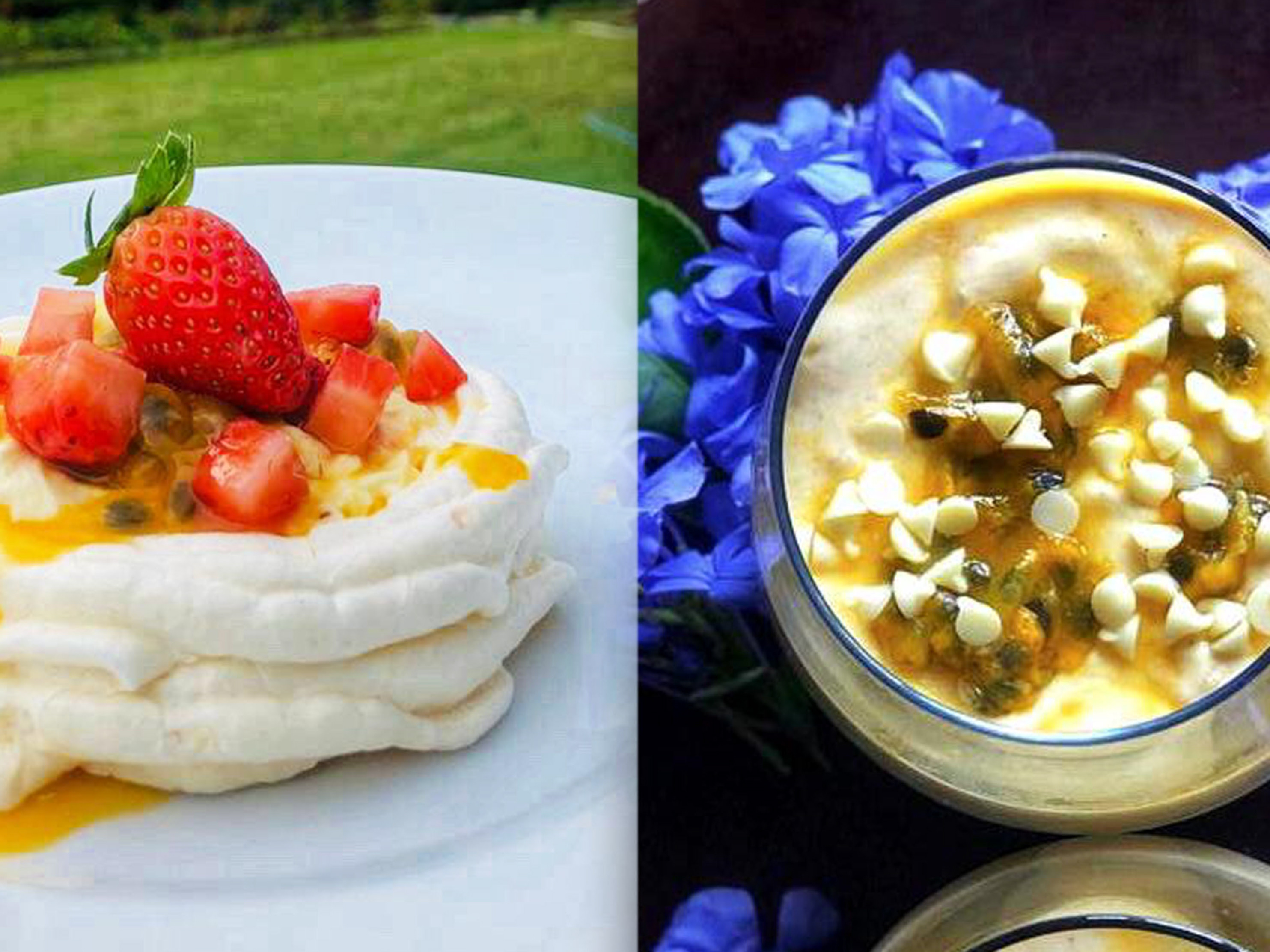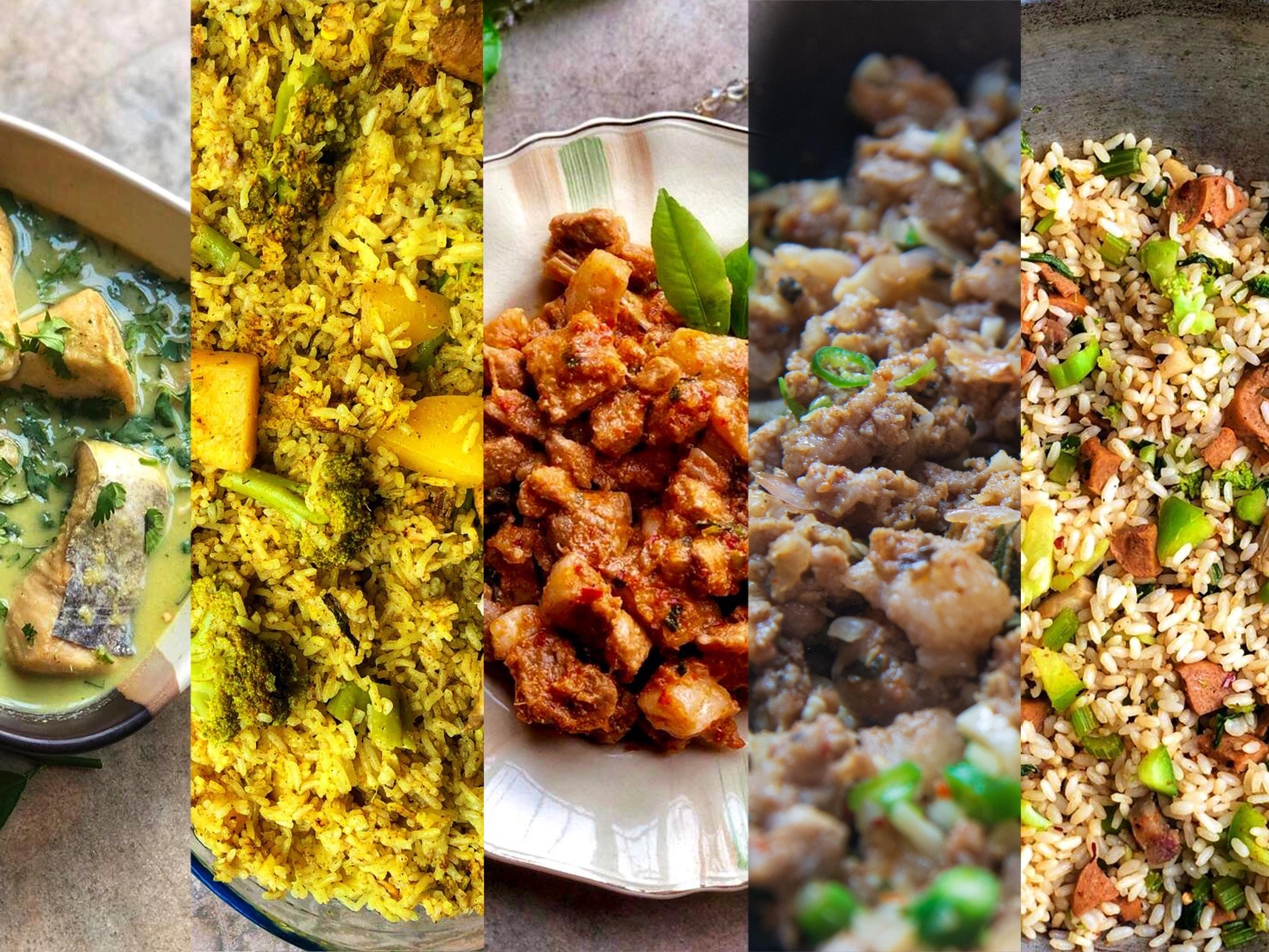An Introduction to Sri Lankan Food:
What to Eat in Sri Lanka
Sri Lankan food consists of a heady mix of spices, fresh seafood and regional produce, that is vibrant, fragrant and delicious. The ingredients, cooking methods and flavours are remarkably different to those used by our closest neighbours in India, and truly unique to the sub-continent. The Sinhalese, Tamil, Muslim, Malay and Burgher communities that predominantly make up this island nation are well represented in the food. The history with colonialism has also left its subtle imprint on this vibrant food nation, as Sri Lankan cuisine in enriched by Portuguese, Dutch and British influences, as well as many traditional practices and flavours that date back centuries, to the times of Lankan royal dynasties. With such an extensive food history, it’s no surprise that it is slowly gaining momentum on the world food map.
Rice is abundant in Sri Lanka, so most meals are rice centric. A meal, often eaten three times each day by most Sri Lankans, is rice and curry. Sides dishes comprising of seafood, meat, vegetable or fruit curries and condiments accompany the rice, making it a nutritious and balanced meal. The accompanying side dishes are often distinct in terms of preparation, texture, and flavour.
An authentic Sri Lankan rice and curry meal should ideally have 5-7 sides/curries and condiments to accompany the rice. The “perfect” meal should have at least one dish representing the following five components:
Mirisata: Usually a spiced protein curry, preferably with gravy.
Kirata: A mild white curry; ideally something creamy, made with coconut milk, and lightly spiced with softer spices like turmeric and coriander.
Thel Dhala: A shallow fried side dish. This is the Sri Lankan equivalent of a stir fry, usually made with a touch of chilies and spice.
Salaadya: A raw vegetable salad, or leafy green ‘mallum’ to add freshness, zest and texture, and to cut through the richness of the meal.
Baduma: Something deep fried and crunchy. This is usually a rice puller, all about flavour and texture, most often papadams or deep-fried anchovies.
Apart from this, rice and curry could also include preserves, pickles or chutneys, as an added dimension of texture and flavour.
Sri Lanka’s national dish, a dish with great significance is most homes is Kiribath, directly translated as milk rice. Kiribath is cooked for all auspicious occasions and celebrations, such as New Year, birthdays and (in most homes) the first day of a new month.
Long grain rice is enveloped in a pool of rich coconut milk, and delicately scented by a knotted pandan leaf. The result is a decadent pot of creamy, sticky coconut rice, which is flattened on a banana leaf and cut into shapes, traditionally diamonds. It’s eaten with a a sharply contrasting fiery lunu miris (chili and onion sambal) or katta sambal (chili and Maldive fish sambal) that has a good amount of zest and freshness, to cut through the richness of creamy Kiribath.
One of the most famous dishes is Sri Lankan Kottu roti, a hugely popular Sri Lankan street-food. The word “koththu” means “to chop” in Tamil, which refers to the method of preparation. At night, the sound of the special cleavers used for kottu on the hot griddle echo from many street kadeys (shops) around the island. Kottu consists of an amalgamation of chopped roti or flatbread, a meat curry (such as mutton, beef, seafood, pork or chicken), along with eggs, aromats, vegetable and spices. All the ingredients are thunderously, rhythmically chopped up on a fiery griddle and served piping hot. Thus, this dish is a sensory explosion of sound, smell and taste.
Aappa (Hoppers), Idi Appa (String hoppers), Roast Paan (toasty Sri Lankan bread), Pol Roti (Coconut Flatbread), Sri Lankan shorteats (snacks and pastries) Jaffna Crab curry, Malay Pickle, Lamprais (A Dutch Burgher composition), a plethora of traditional desserts or sweet meats, Toddy (palm wine) and Arrack (distilled alcohol) are just a fraction of the dishes and beverage that make up this vast cuisine. Clearly, the cultural influences and historical implications in Sri Lankan food are paramount, as the food reflects their people, and is multi-cultural, multi-dimensional, bright warm and inviting.





